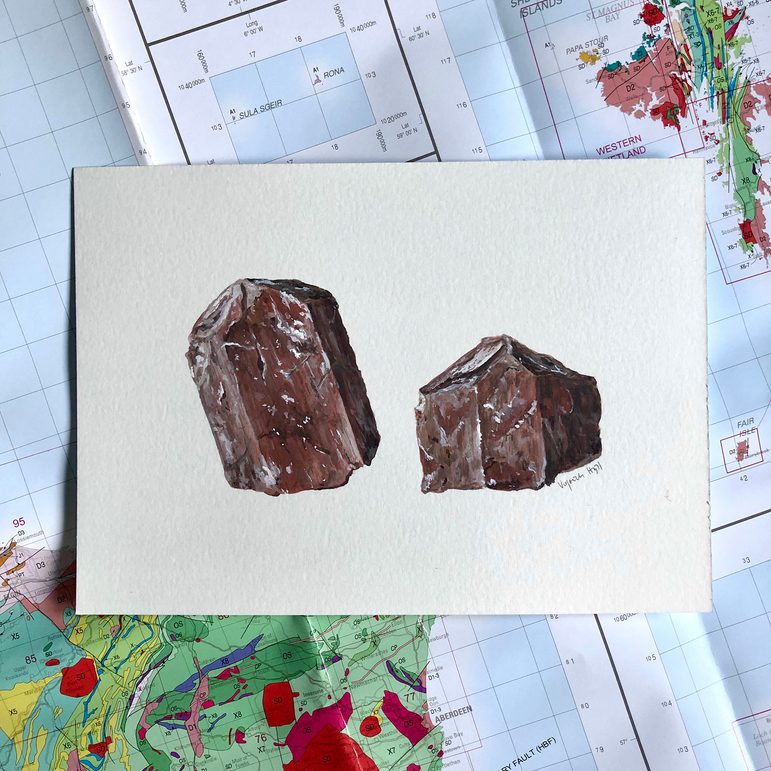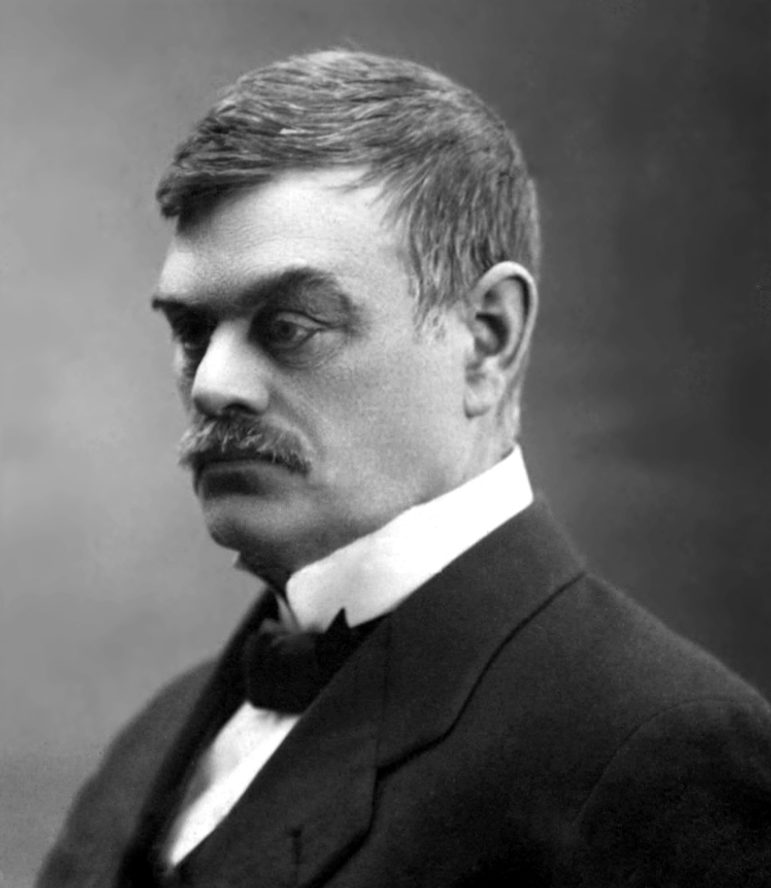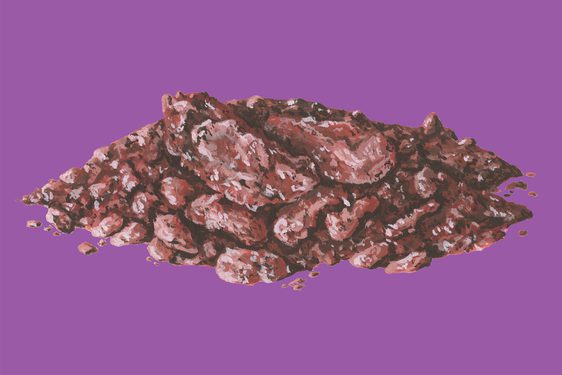
The surprising story of the mineral ramsayite
News Story
When is ramsayite not ramsayite? Find out below in a story of clans, Swedish nobility, Finnish land and titles, and a shocking twist!
Ramsayite was first described in 1923. It was noted as pale purple to brown, or pale pink to mauve, or brown or black bladed crystals found in a rock called nepheline syenite. It was also found in rocks called pegmatites from the Kola Peninsula in northern Russia. A sodium, titanium silicate, ramsayite has the chemical formula Na₂Ti₂(Si₂O₆)O₃. It is found in several places around the world including Greenland, Norway, and Canada. So, what is the Scottish connection we hear you ask?

The name Ramsay is a well-known and famous Scottish surname. It occurs in England too, but is normally spelled Ramsey. One of the main residences of the Ramsay clan was Dalhousie Castle just south of Edinburgh. The family name is thought to be of Old English origin and was first recorded in the 12th Century. Symon de Ramesie was part of the retinue of Prince David of Scotland (also Earl of Huntingdon where the town of Ramsey was located). Sir Symon was awarded land in Midlothian by Prince David. The family established itself in Scotland playing a significant part in history right up to the reign of James VI.
We now move over to Scandinavia for the next part of the story. In the late 16th century Sweden had become engulfed in dynastic wars involving the Vasa family and other Swedish noble families. Both sides employed foreign mercenaries. Among them was Alexander Ramsay of Balnabreich and his son John. They fought in the Livonian Wars (Livonia is roughly modern-day Estonia and Latvia). In recognition of their service, they were awarded land and titles in Finland where they settled.
Finland at that time was governed by Sweden but it became part of the Russian Empire in 1809. The Ramsays of Finland then became the Ramsays of Russia. Several of the clan served with the armies of the Russian Empire. In 1865, our hero Wilhelm Ramsay was born in Dalsbruck in South West Finland.

Wilhelm became a geologist and undertook important research into the Fennoscandian Shield. This is a huge and ancient part of the Earth’s crust covering modern day Sweden, Norway, Finland, and parts of Russia. It includes the Lovozero complex of the Kola Peninsula in Russia. The mineral of our story was found in 1922 during a Russian expedition to the Kola Peninsula. Here they found (what was thought at the time to be) a new mineral and named it “ramsayite” in 1923 to honour the work done in Kola by Ramsay.
But there's a twist! In 1899, a Danish expedition to Greenland had found a new mineral which was named lorenzenite after Theodor Lorenzen. Following a great deal of study and research, it was confirmed that the two minerals were the same. Lorenzenite was described first so it took priority. The name ramsayite was discredited.


